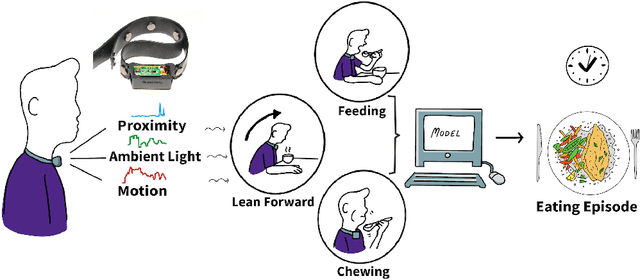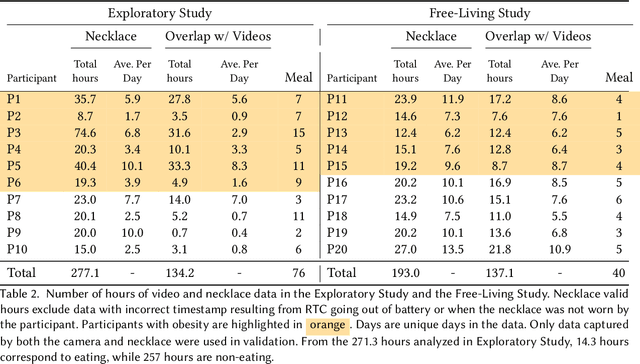Yuqi Zhao
Root Cause Localization for Microservice Systems in Cloud-edge Collaborative Environments
Jun 19, 2024Abstract:With the development of cloud-native technologies, microservice-based software systems face challenges in accurately localizing root causes when failures occur. Additionally, the cloud-edge collaborative environment introduces more difficulties, such as unstable networks and high latency across network segments. Accurately identifying the root cause of microservices in a cloud-edge collaborative environment has thus become an urgent problem. In this paper, we propose MicroCERCL, a novel approach that pinpoints root causes at the kernel and application level in the cloud-edge collaborative environment. Our key insight is that failures propagate through direct invocations and indirect resource-competition dependencies in a cloud-edge collaborative environment characterized by instability and high latency. This will become more complex in the hybrid deployment that simultaneously involves multiple microservice systems. Leveraging this insight, we extract valid contents from kernel-level logs to prioritize localizing the kernel-level root cause. Moreover, we construct a heterogeneous dynamic topology stack and train a graph neural network model to accurately localize the application-level root cause without relying on historical data. Notably, we released the first benchmark hybrid deployment microservice system in a cloud-edge collaborative environment (the largest and most complex within our knowledge). Experiments conducted on the dataset collected from the benchmark show that MicroCERCL can accurately localize the root cause of microservice systems in such environments, significantly outperforming state-of-the-art approaches with an increase of at least 24.1% in top-1 accuracy.
NeckSense: A Multi-Sensor Necklace for Detecting Eating Activities in Free-Living Conditions
Nov 20, 2019



Abstract:We present the design, implementation, and evaluation of a multi-sensor low-power necklace 'NeckSense' for automatically and unobtrusively capturing fine-grained information about an individual's eating activity and eating episodes, across an entire waking-day in a naturalistic setting. The NeckSense fuses and classifies the proximity of the necklace from the chin, the ambient light, the Lean Forward Angle, and the energy signals to determine chewing sequences, a building block of the eating activity. It then clusters the identified chewing sequences to determine eating episodes. We tested NeckSense with 11 obese and 9 non-obese participants across two studies, where we collected more than 470 hours of data in naturalistic setting. Our result demonstrates that NeckSense enables reliable eating-detection for an entire waking-day, even in free-living environments. Overall, our system achieves an F1-score of 81.6% in detecting eating episodes in an exploratory study. Moreover, our system can achieve a F1-score of 77.1% for episodes even in an all-day-around free-living setting. With more than 15.8 hours of battery-life NeckSense will allow researchers and dietitians to better understand natural chewing and eating behaviors, and also enable real-time interventions.
 Add to Chrome
Add to Chrome Add to Firefox
Add to Firefox Add to Edge
Add to Edge